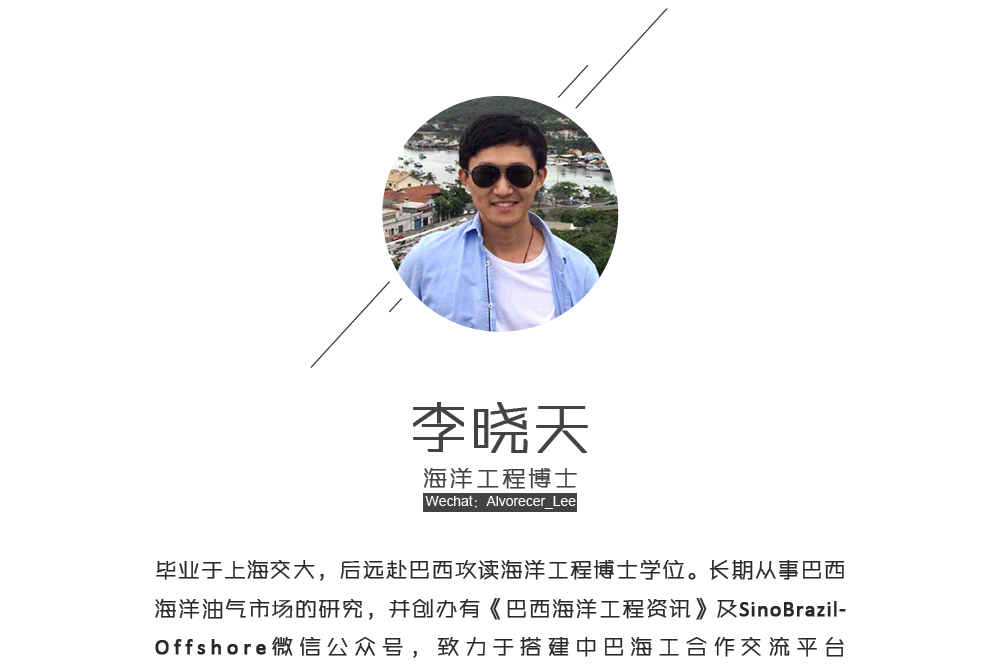Brazilian independent PetroRio has set an ambitious target to increase production by more than tenfold by the end of next year, as the company hopes to take advantage of depressed oil prices in the international market to acquire mature fields.
PetroRio is currently producing about 8500 barrels per day of oil from the Polvo field in the Campos basin, but according to chief financial officer and new business development director Blener Mayhew, the goal is to reach 100,000 bpd by December 2017.
PetroRio ended 2015 with cash flow of 619 million reais ($171.9 million), an increase of 38% when compared to 449 million reais at the end of 2014.
Mayhew said the amount already includes a 97 million reais refund, to be paid by Shell, after the Anglo-Dutch supermajor cancelled a deal in February to sell an 80% operating stake in the Bijupira-Salema field to PetroRio.
“Even though we weren’t able to purchase Bijupira-Salema, we have four other business opportunities being evaluated simultaneously,” said Mayhew.
“We have a very aggressive goal to grow through merger and acquisitions, and we hope to reach 100,000 bpd in 2017.With these four opportunities we are studying, it is very likely we will achieve that, although there is no guarantee we will close all four deals.”
PetroRio re-invented itself over the past few months by relinquishing its exploration assets off Namibia and selling its stakes in the onshore Solimoes basin to focus solely on producing fields.
Mayhew confirmed that PetroRio has been invited by Petrobras to participate in some farm-out processes in Brazil, and that PetroRio is already in advanced negotiations with the state-run company regarding one specific field, but declined to provide additional details.
“PetroRio isn’t going to depend exclusively on Petrobras to grow. The entire market is under financial distress and there is a lot of interesting stuff out there.
“It’s a buyers’ market and we are also looking at assets in Argentina, Colombia, Peru and Paraguay,” he added.Mayhew also said PetroRio is hoping to experience some organic growth in Polvo.
The company this year began a field redevelopment through re-entries, an $11 million investment in an attempt to increase output to 10,000 bpd by mid-2016.
“We are also studying the drilling of new wells to potentially double production in the future and carry out polymer injection to reduce the amount of water produced from the Polvo reservoir,” he said.
PetroRio is also working to increase the Polvo lifespan to beyond 2020.
The field is so far estimated to hold 8.3 million barrels of oil in proven reserves, with abandonment costs projected at $52 million.
Maersk Oil, which sold a 40% stake in Polvo to PetroRio, paid $34 million in advance related to field abandonment costs when it exited the project last year.
PetroRio reported a net profit of 110.4 million reais in 2015, versus a net loss of 1 billion reais in 2014, thanks to cost-cutting measures. However, net revenues decreased 48% to 253.1 million reais.


 石油圈
石油圈
